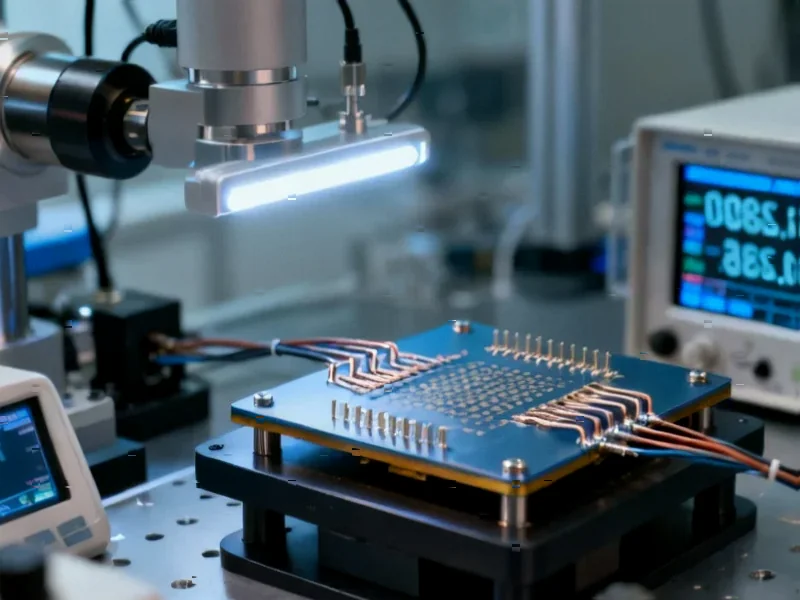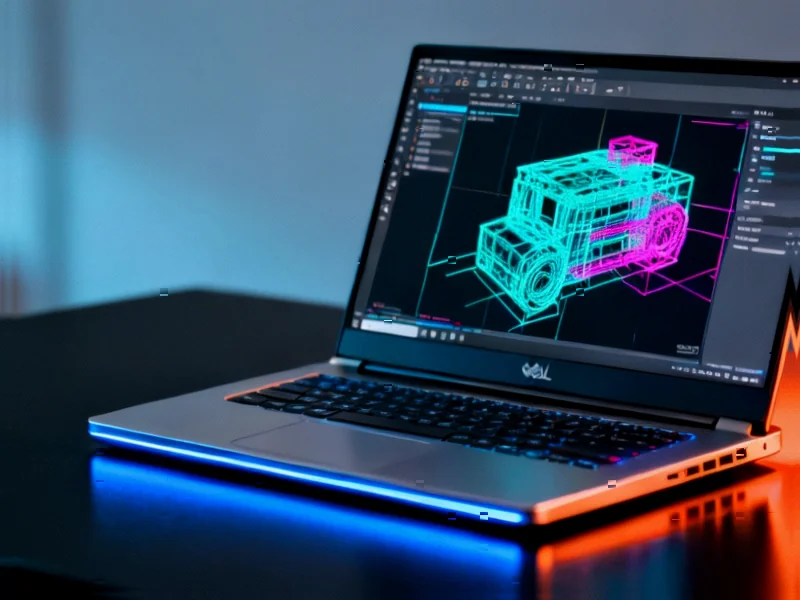According to Embedded Computing Design, NTX Embedded has unveiled its Octolux HMI platform, positioning it as more than just a screen but as a complete, adaptable platform built for rugged reliability and flexibility. The platform leverages proven technology and state-of-the-art connectivity to enable customization across various applications and rapid integration into customer products. The Octolux HMI specifically targets companies developing next-generation devices that demand both aesthetic appeal and rapid deployment capabilities. The announcement coincides with the upcoming embedded world North America event, where NTX Embedded is offering free registration using promo code OPENSY25 through their preregistration portal. This strategic timing suggests the company aims to make a significant impact at the major industry gathering.
Table of Contents
The Rugged Aesthetic Paradox
What makes the Octolux HMI particularly noteworthy is its attempt to solve what I call the “rugged aesthetic paradox” – the historical trade-off between industrial durability and consumer-grade design appeal. Traditional rugged HMIs have often prioritized function over form, resulting in interfaces that work reliably in harsh environments but look dated and unappealing. Meanwhile, consumer-grade touch interfaces offer beautiful aesthetics but lack the environmental hardening needed for industrial, medical, or automotive applications. The Octolux platform appears to bridge this gap at a time when operators across manufacturing, transportation, and field service increasingly expect the same level of interface sophistication they experience with their personal devices.
Market Timing and Industry Shifts
The timing of this launch is strategically significant. We’re seeing a fundamental shift in how HMIs are valued across industrial sectors. The traditional approach of treating HMIs as mere control interfaces is giving way to recognizing them as critical productivity tools that impact operator efficiency, training time, and even safety. Companies like NTX Embedded are recognizing that in competitive markets, the quality of the human-machine interface can become a differentiator for OEMs selling into manufacturing, healthcare, and transportation sectors. The emphasis on rapid deployment suggests NTX understands that time-to-market pressures are intensifying, and customers can no longer afford lengthy customization cycles for what should be standardized interface components.
Implementation Challenges Ahead
While the promise of combining rugged reliability with aesthetic appeal is compelling, the implementation challenges shouldn’t be underestimated. Achieving true ruggedization while maintaining sleek design requires sophisticated engineering around thermal management, ingress protection, and impact resistance – all while keeping costs competitive. The term “proven technology” mentioned in the announcement suggests NTX may be leveraging existing components rather than developing everything from scratch, which could help with reliability but might limit true innovation. Additionally, the success of such platforms often depends on the software ecosystem and development tools provided, areas where the announcement provides limited detail. Companies evaluating the Octolux platform should scrutinize the actual development environment, documentation quality, and long-term support commitments.
Competitive Landscape Implications
The embedded HMI space has traditionally been fragmented between specialized industrial suppliers and consumer technology companies attempting to adapt their products for harsh environments. NTX’s approach with Octolux appears to position them as a bridge between these worlds. However, they’ll face competition from established players like Advantech, Beckhoff, and Siemens in the industrial space, while also competing with companies bringing consumer-grade aesthetics to industrial applications. The success of their platform will likely depend on their ability to demonstrate real-world reliability across temperature extremes, vibration, and potential exposure to contaminants – the true tests of any ruggedized product promotion in industrial markets.
North American Market Opportunities
The focus on North American markets through their embedded world participation is strategically sound. The region is experiencing significant investment in industrial automation, smart infrastructure, and medical device innovation – all areas where sophisticated HMIs are increasingly critical. The reshoring of manufacturing and supply chain diversification trends are creating new opportunities for embedded technology suppliers who can deliver solutions that meet both performance and aesthetic requirements. As companies across embedded world North America 2025 showcase their latest innovations, the success of platforms like Octolux will depend on their ability to demonstrate not just technical specifications but tangible improvements in operator experience and productivity.



